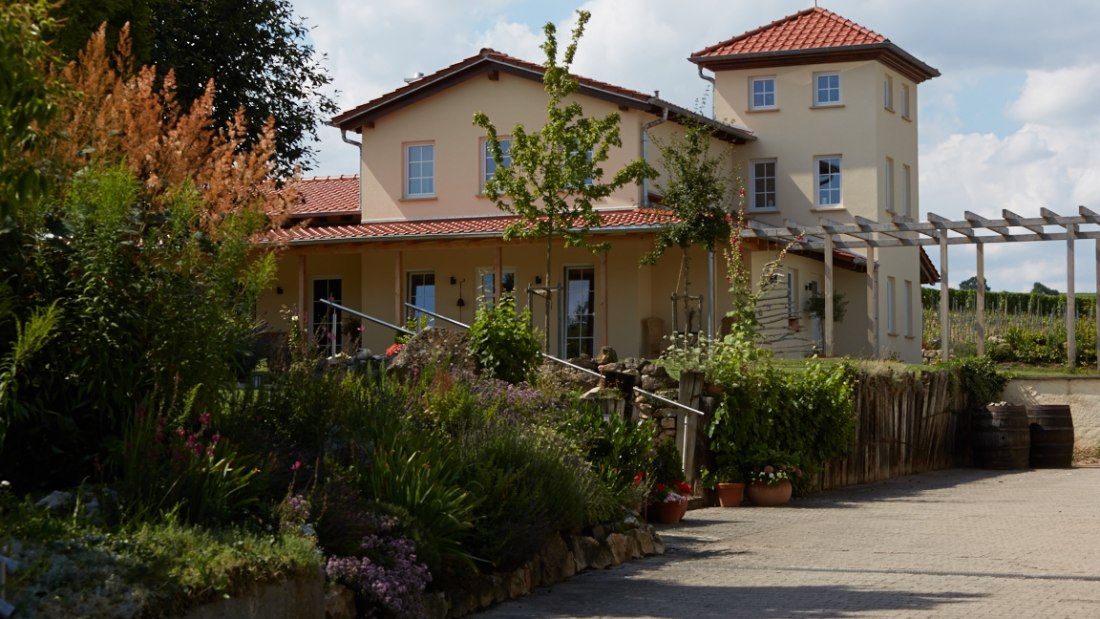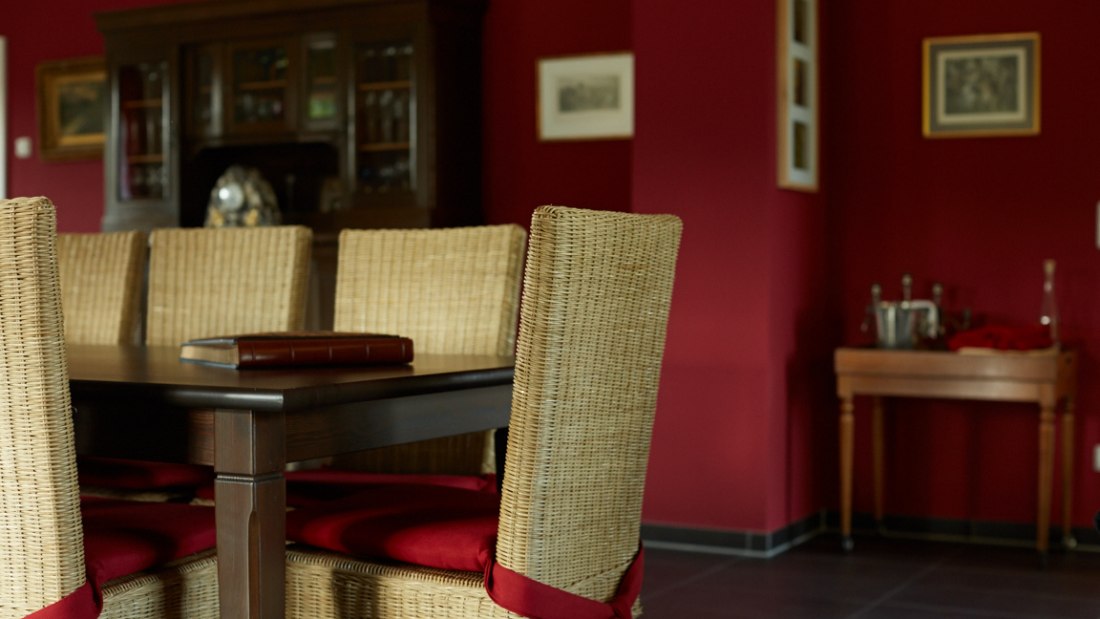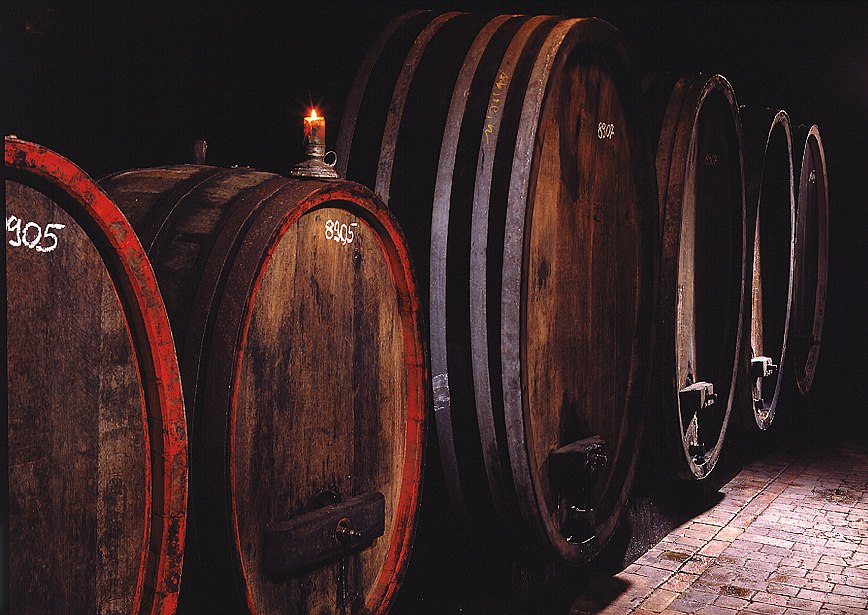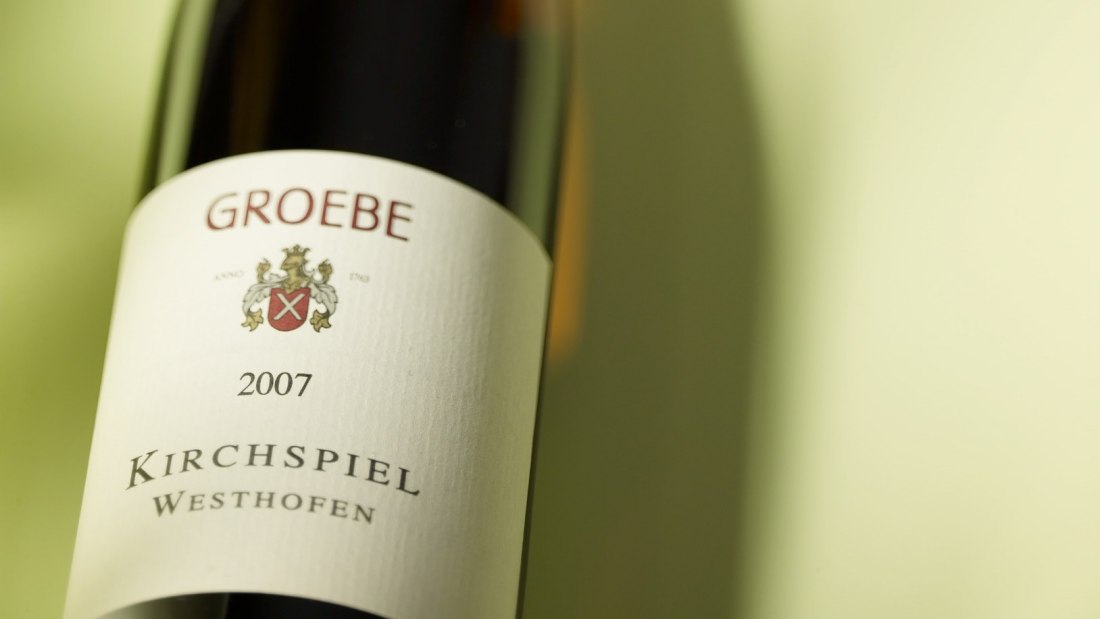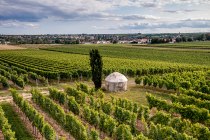KF Groebe winery
W are rather unique and we know what we want.
Our wines are for explorers, for the curious, for gourmets and for all those who defend their personal taste.
We make wine, we leave the cooking to the chefs.
We stand for cooperation in our region. We do not have any gastronomy, because we are convinced that chefs are much better at cooking than we are. We make wine, that's our job.
We don't have a sales manager
but happy and hospitable people will be happy to advise you.
English speaking visitors are welcome.
We can be seen
We are a member of the VDP (Association of perdicate wineries) and have been for more than 15 years. We stand up for terroir-shaped wines. Our flagship is RIESLING, here we show what we can do.
Welcome to WEINGUT KF GROEBE
Manuela & Friedrich Groebe



